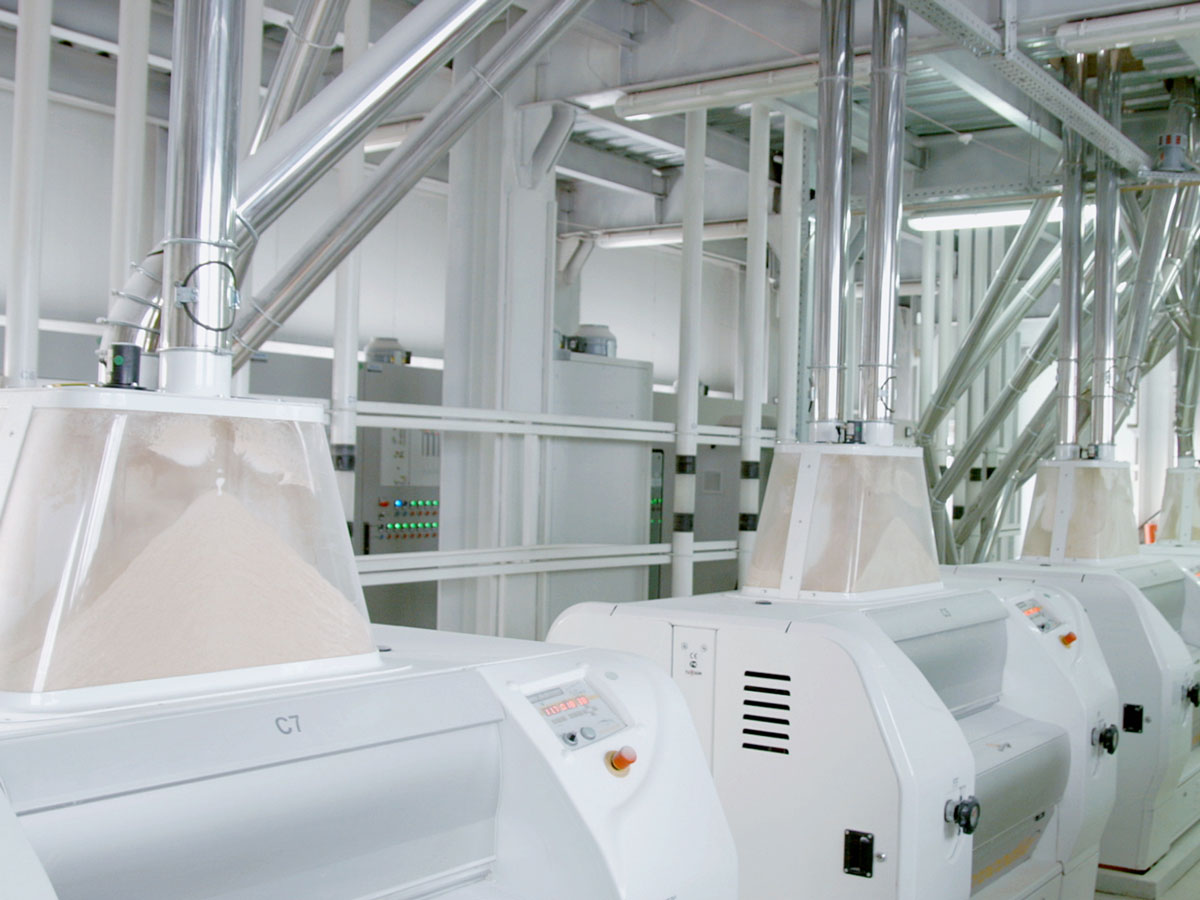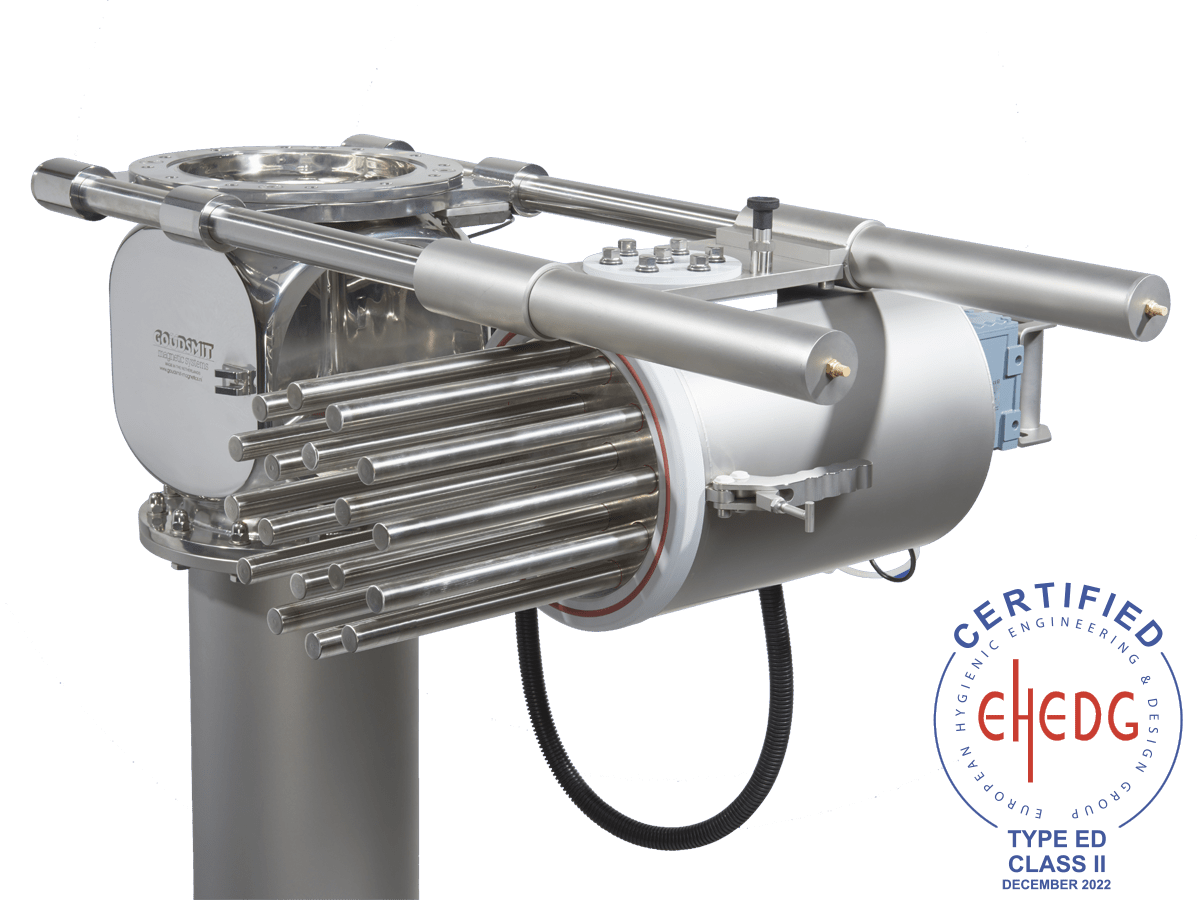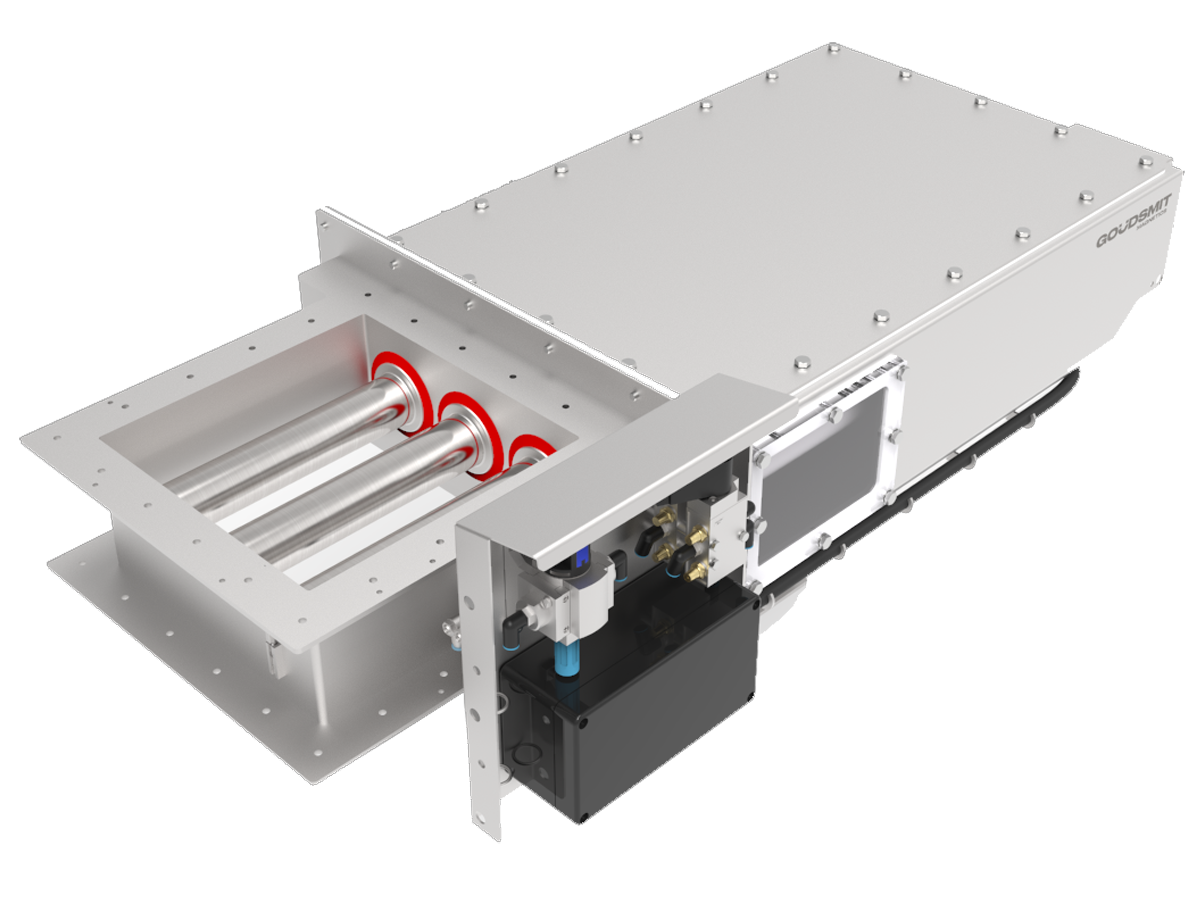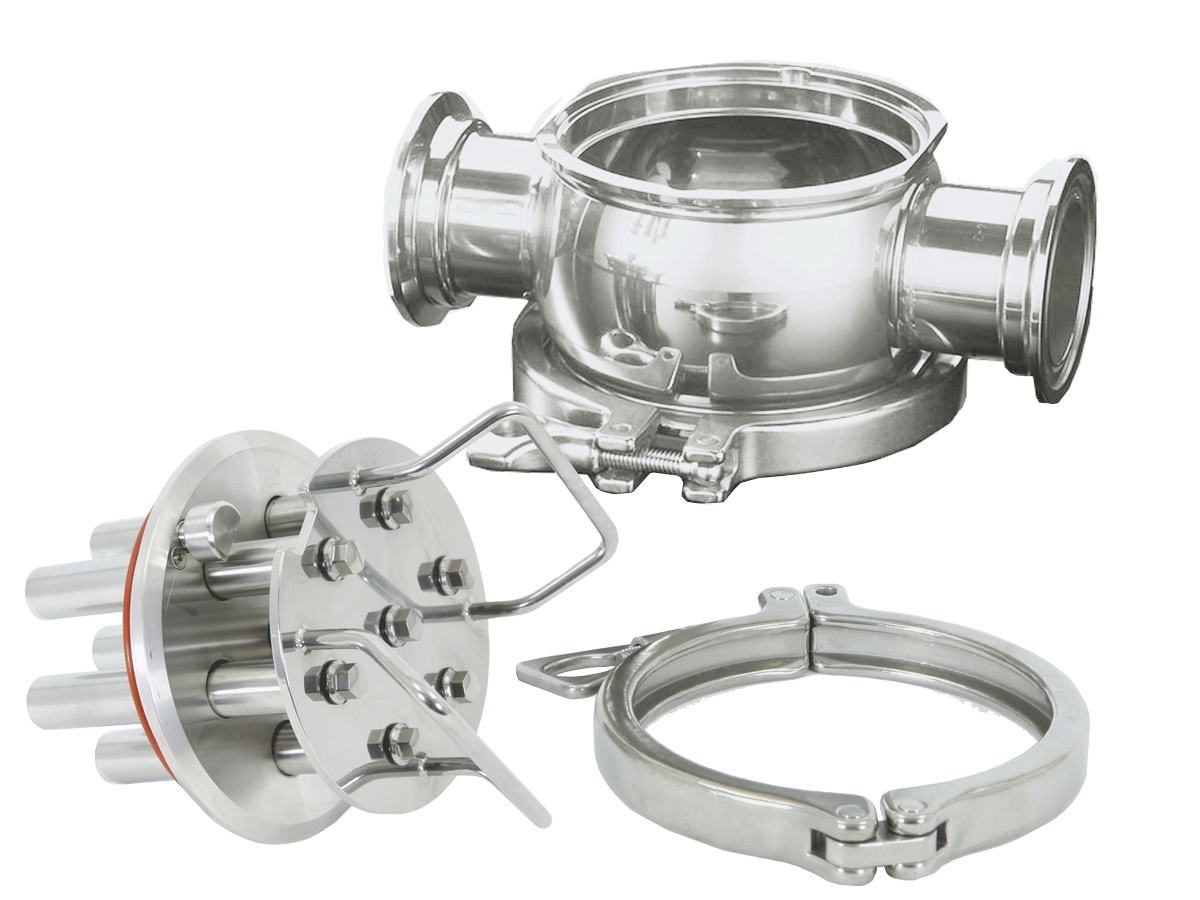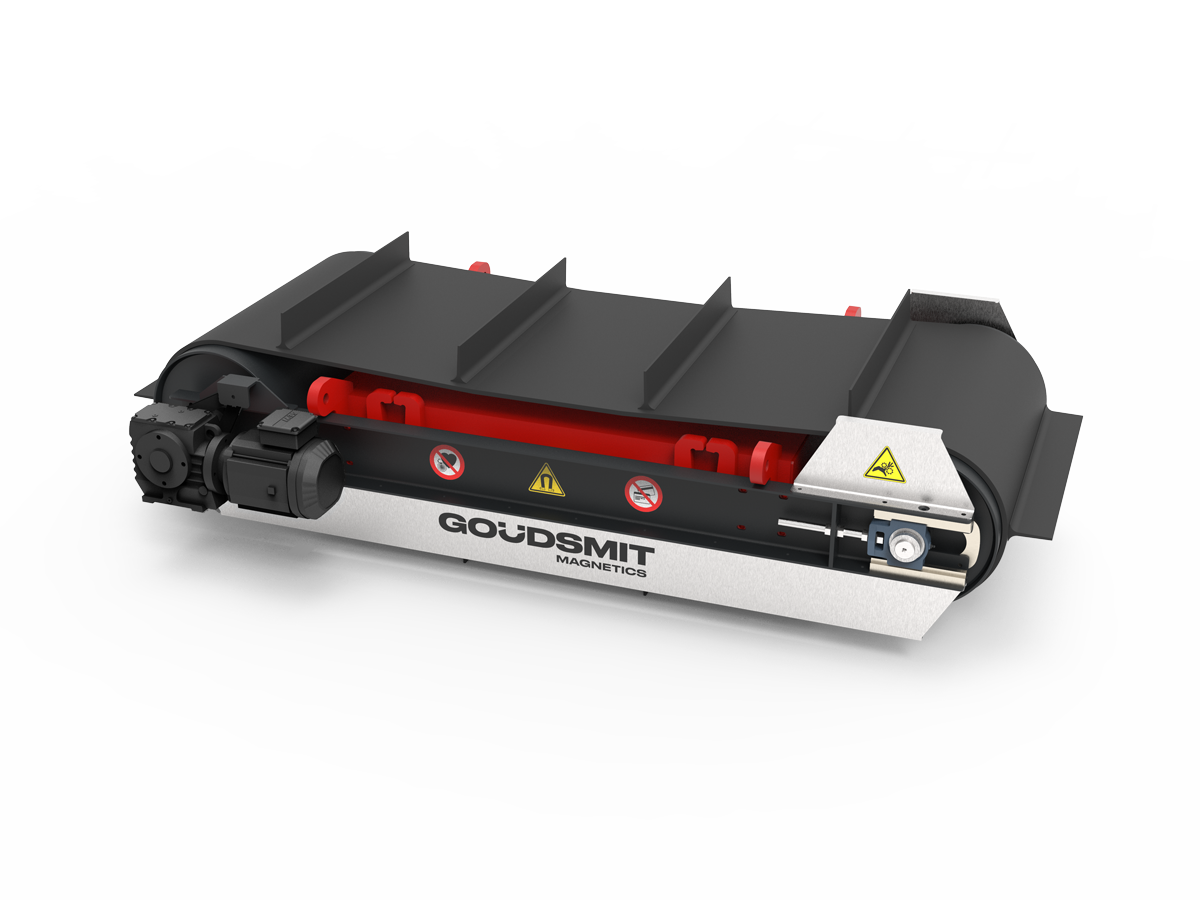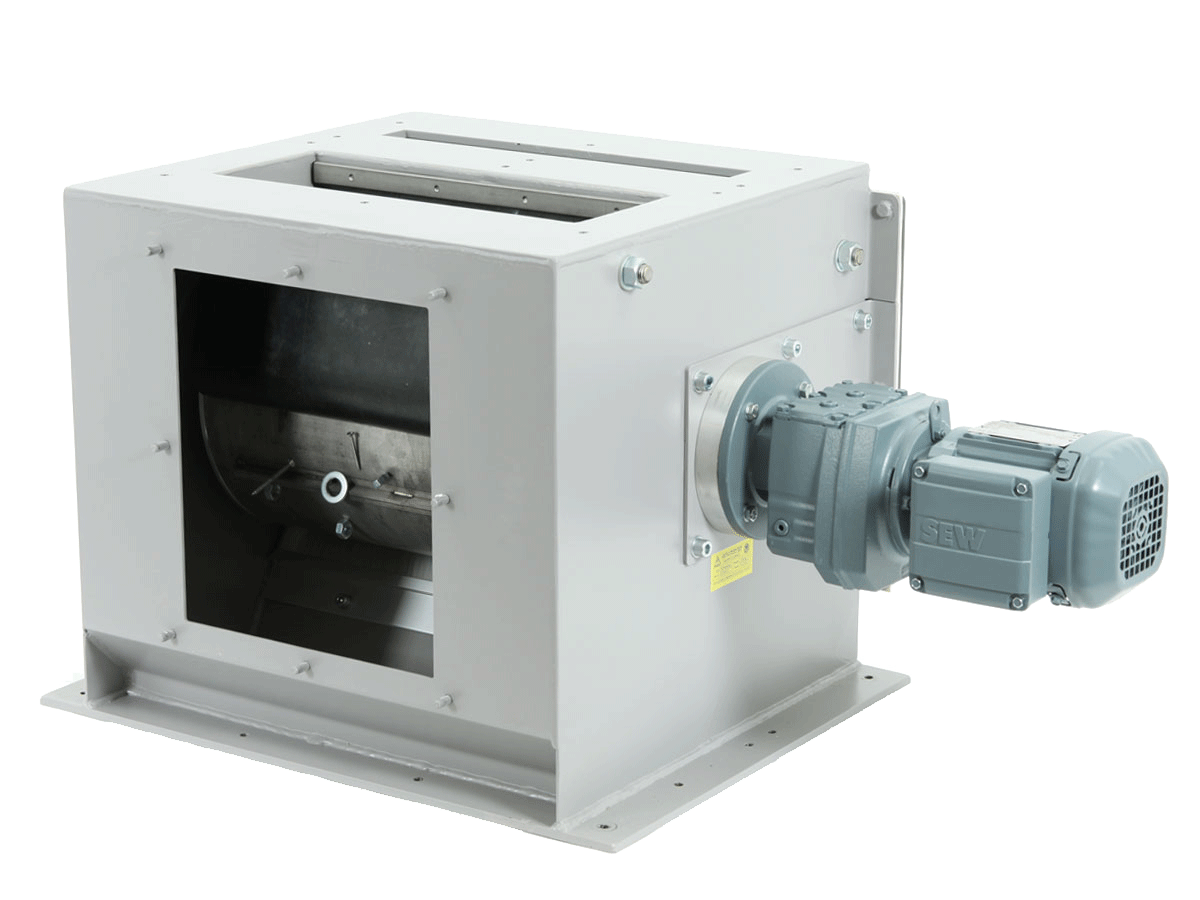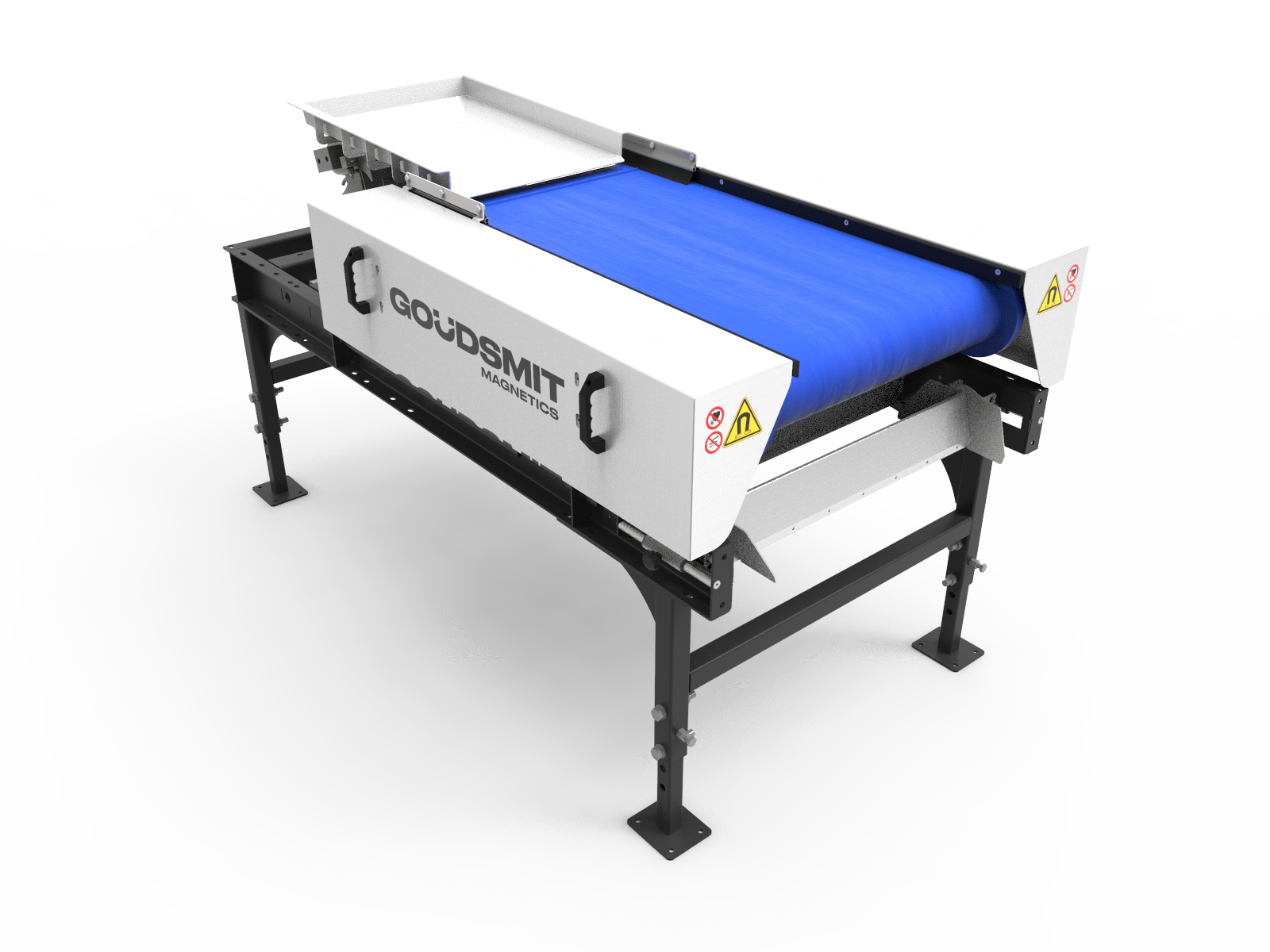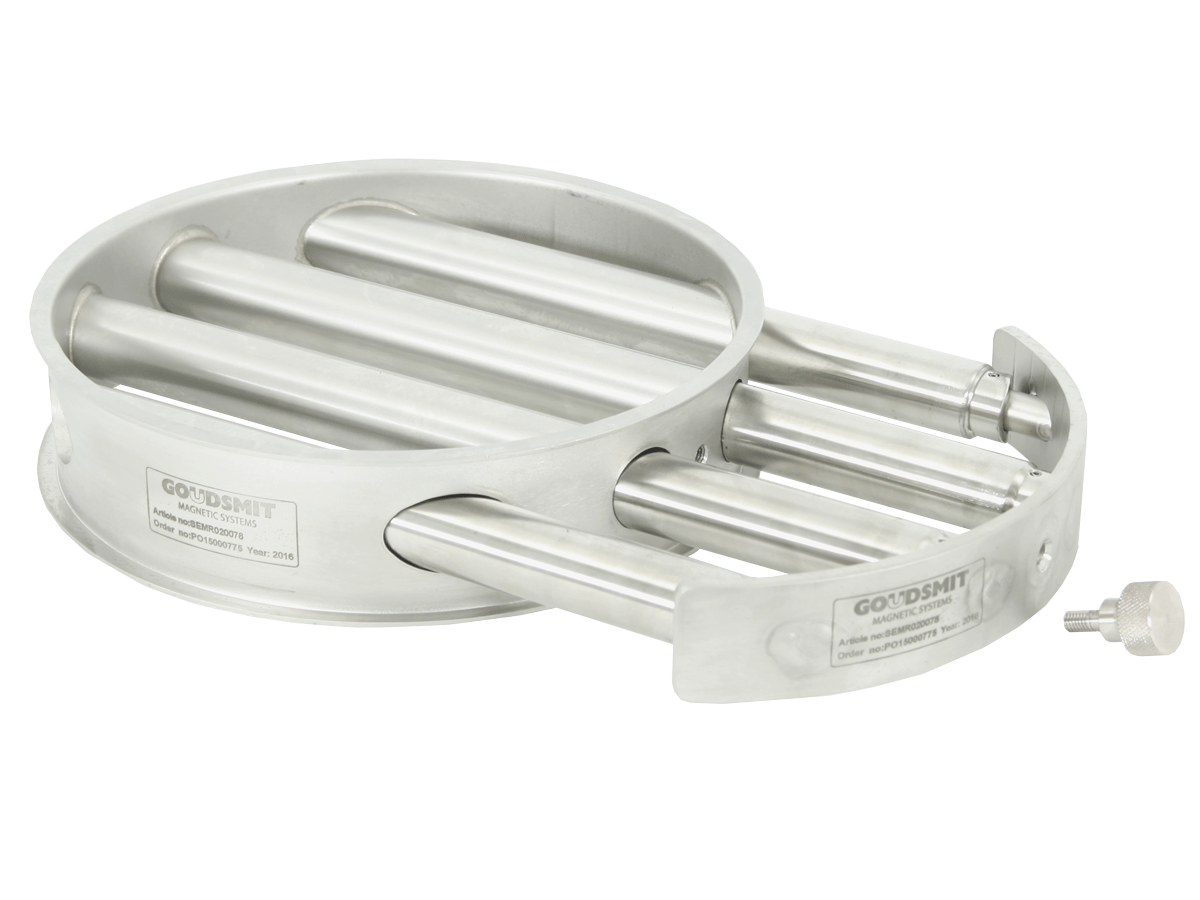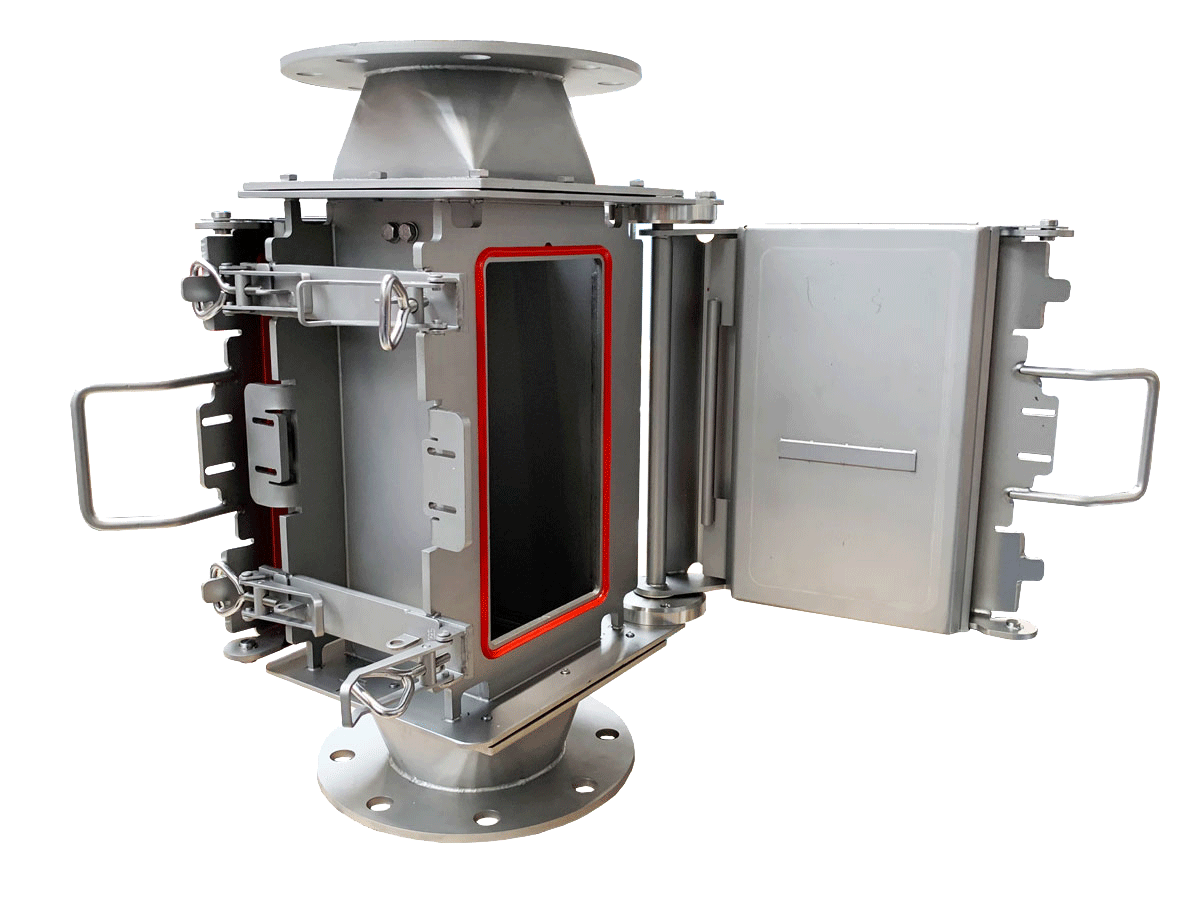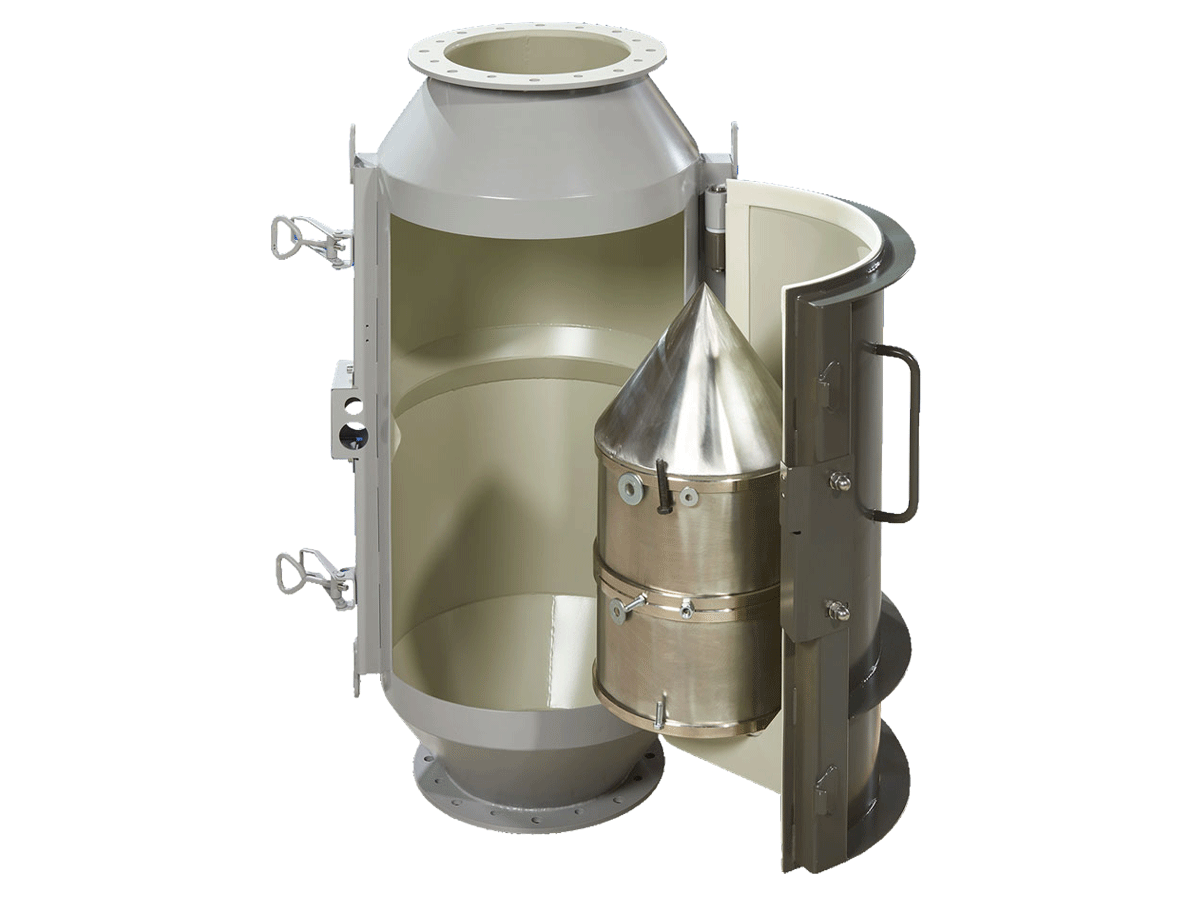Challenges in flour and starch processing
During the harvesting of potatoes, grains, wheat or barley, coarse metal parts can end up in the harvest. During processing into starch or flour, small iron or stainless steel wear particles also end up in your product. In both cases, these ferrous contaminations cause a lot of damage to your machinery. In the worst case, iron particles remain in the end product, resulting in a risk to consumers, a product recall and the necessary reputational damage.
Magnets play an important role in the production of grain or flour products. They prevent damage to grinding mills, costly production downtime and recalls. The main magnet applications in these processing steps are filter magnets, sieve magnets and rotating magnetic bars.
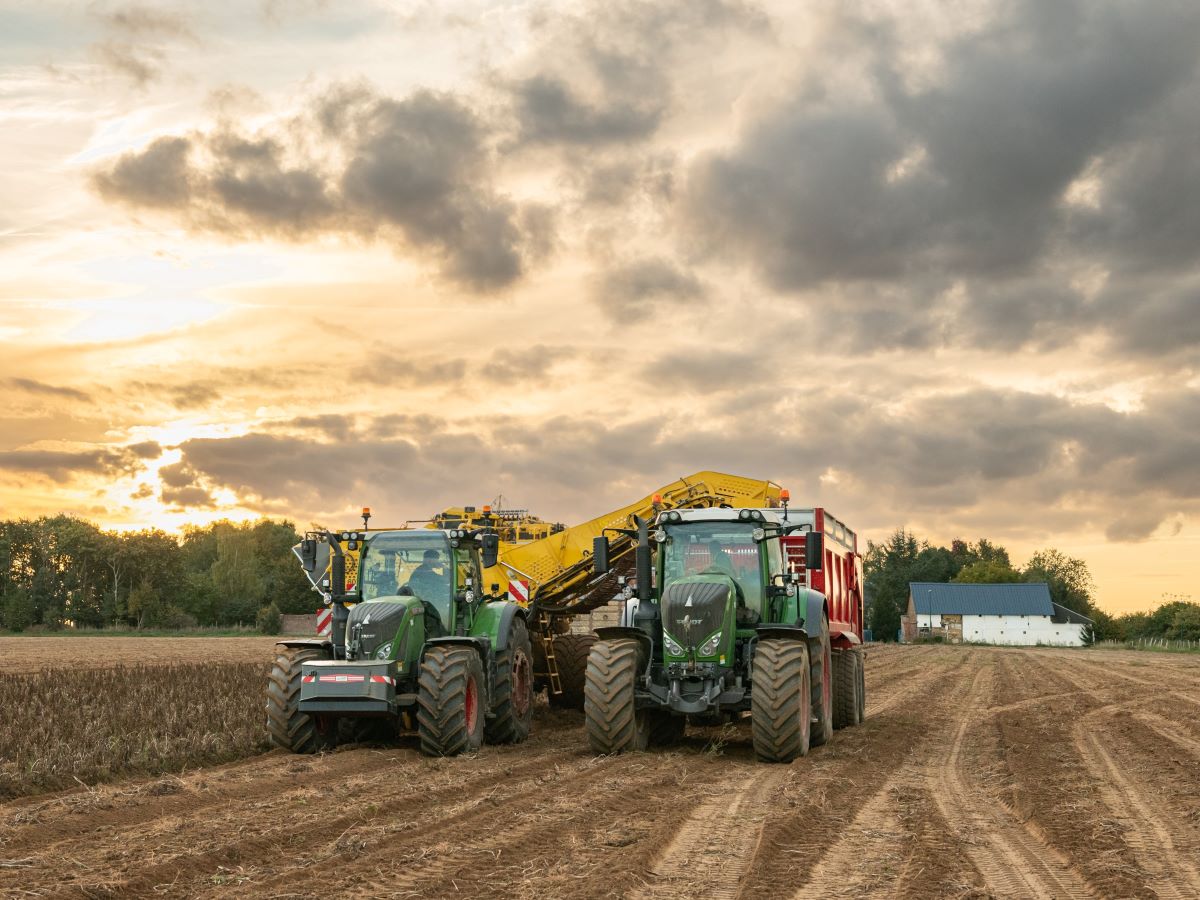
Metal particles end up in the product stream during harvesting
Remove coarse iron pollution immediately after harvest
During the harvesting of potatoes, maize, cassava, rice and other products that are used for flour or starch production, iron and other metal parts from the soil or from harvesting machines end up in your product flow. It is important to remove these parts. This prevents damage to processing machines such as rollers and decanters.
Coarse iron contamination is best removed with strong permanent overband magnets suspended directly above your conveyor belt. These magnets provide an initial quality improvement, immediately after harvesting and during intermediate storage. They separate coarse pieces of iron such as bolts, nuts, pieces of metal sheet and old wire that come out of farmland. When your product is stored in silos, a chute magnet or pipe magnet mounted in the free-fall chute separates iron contamination directly from the product flow.
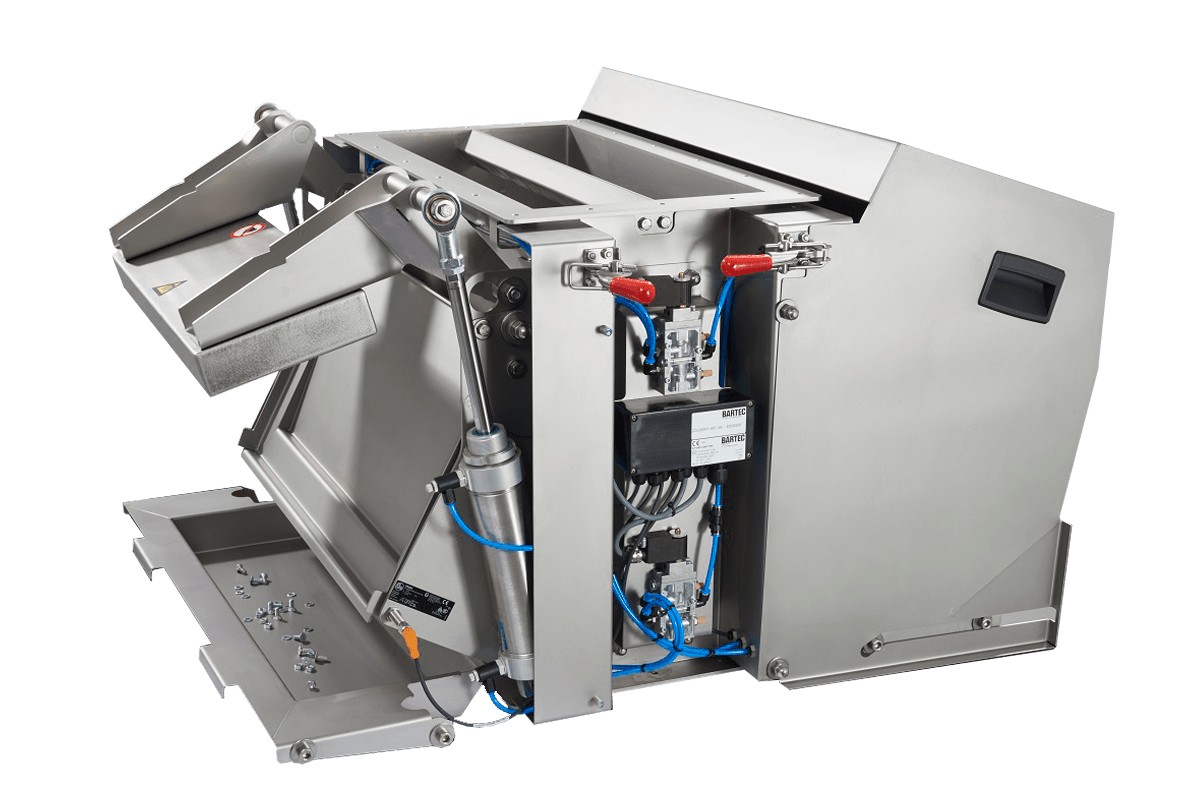
Automatic cleaning external pole magnet separates iron contamination in free-fall pipes
Prevent machine damage with reliable magnetic filters
Magnetic separators are an essential part of every starch production line. They filter unwanted stainless steel and iron contamination from fine powder flows. This ferrous pollution certainly does not only come from outside; the processing machines themselves wear out internally and therefore also cause metal contamination. Magnets are a reliable, affordable and efficient solution; certainly in relation to the possible consequential damage to machine parts.
Metal-free potato starch
In potato processing, potatoes are washed and finely ground by a grater. This results in wet, liquid potato mousse. During fine grinding, the teeth can break off a grater. To remove this metal pollution, potato processors place magnetic filters in pressure pipes.

Magnets prevent metal parts in potato starch
Production of tapioca starch without iron pollution
Processing of cassava roots into tapioca flour is done with industrial peeling and grating machines. Eventually, the cassava is pressed into a wet cake ready for grinding. This is a high-force mechanical process, often involving iron pollution. At the beginning of the line, we first filter coarsely with magnetic grids. At the end of this processing line – when only the dried tapioca powder remains – we separate the iron particles with rotating magnetic drum separators.
Iron-free rice starch with magnetic filters for pressure pipes
Grinding is necessary for the processing of rice into rice starch. After the first grinding step, the soaking begins, resulting in a rice slurry that is filtered and dried. To guarantee the quality of the end product, we place a number of magnetic filters in the pressure pipes. In this way, you capture iron pollution in the rice slurry after every processing machine, and you are guaranteed to produce iron-free rice starch.
Efficient production of corn starch thanks to magnetic separators
Maize is processed into both glucose and starch. Obtaining these two products requires a series of mechanical operations, with equipment that is very sensitive to damage from iron pollution. Maize is washed, sieved, soaked, and then ground and washed again. Then follows the separation of gluten and starch by means of centrifugation, and the starch is dried. When the maize slurry enters the centrifuge, there must be absolutely no iron pollution in the slurry.
Thorough cleaning of the corn starch product flow is very important to guarantee food safety. The best filtration of fine powders is done by means of a rotating magnetic grid containing strong magnetic bars. Rotating the bars facilitates the flow of powders.
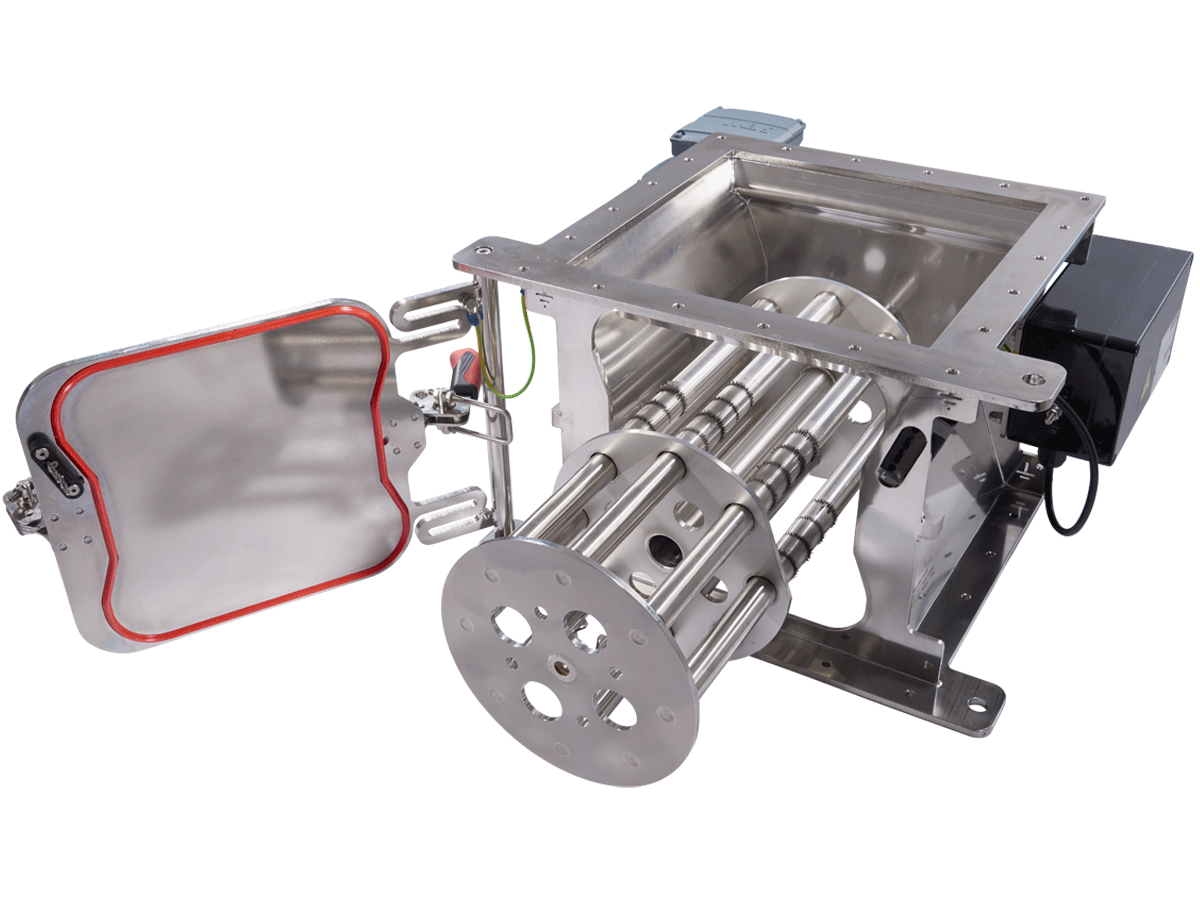
Magnetic bars in free-fall powder chute, manually cleanable or automatic, minimising production delays
Rotating filters prevent material build-up and bridging
The very small grain size of flour and starch, in addition to its sticky properties, prevent this powder from flowing easily through pipes and filters. When maize, rice or cassava root is ground and soaked into slurry, it becomes viscous and flows less easily through pipes.
Also after the drying process, if powder remains, there is a risk of bridging in the pipes near the magnetic filters. This reduces the separation efficiency of the magnets.
EHEDG certified magnetic separators for the best food quality
Rotating Cleanflow magnets are very suitable for pipes in the refinement process. Goudsmit developed a rotating magnetic separator with EHEDG certification especially for the food and pharmaceutical industry. This indicates that this separator has been designed with the highest food safety standards. Our hygienic Cleanflow magnetic separator for instance is the only filter on the market to have a hydroformed, polished housing without horizontal surfaces and dead corners. Designed for the magnetic separation of small amounts of ferrous contaminants from poorly-flowing food and pharmaceutical powders with a high risk of bacterial growth. Rotating the magnetic bars prevents bridging and blockages.
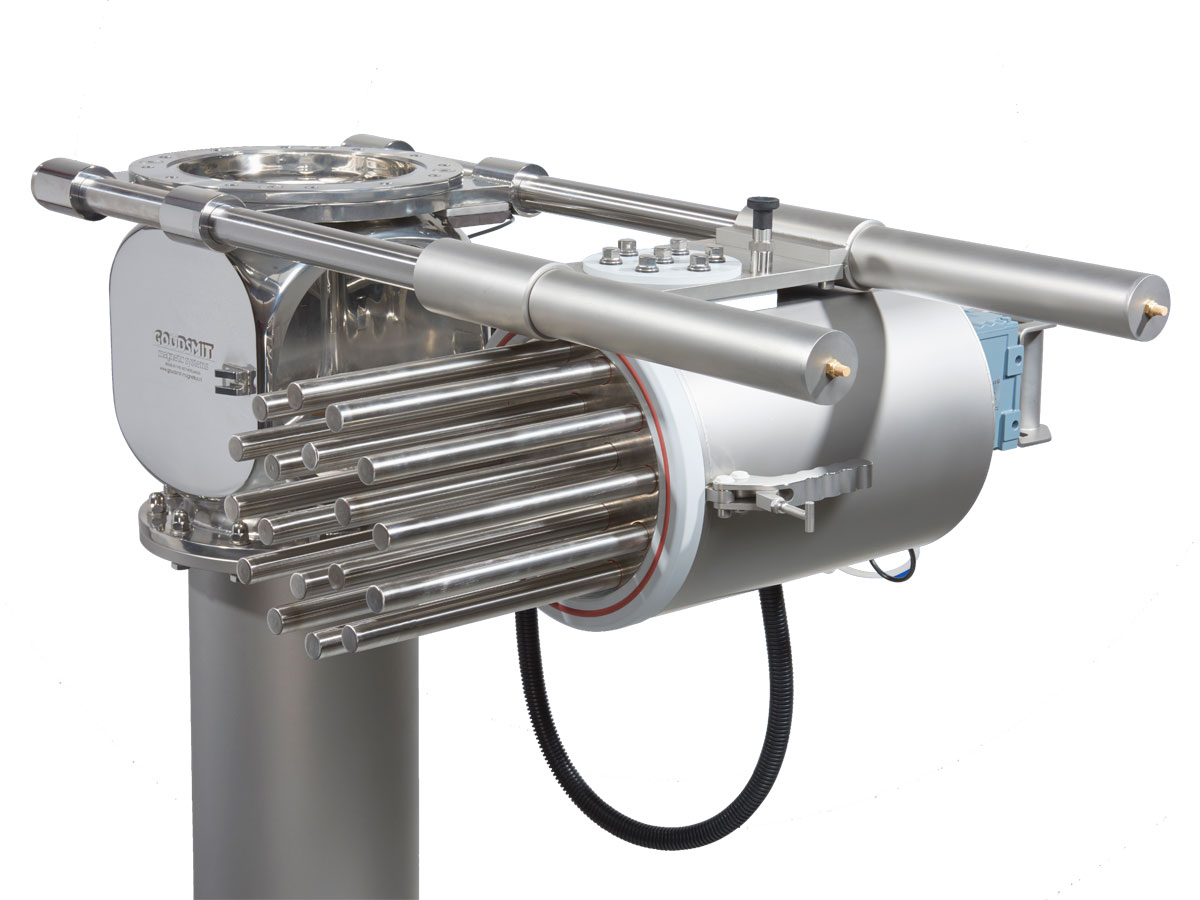
EHEDG certified rotary magnetic separator with hydroformed housing
Starch for medicines
The pharmaceutical industry often uses starch as an additive for pills or nebulisers with lung medicines. They serve as a carrier for the real active substance. The starch or milk powder gives the pill its structure and ensures the correct dose. Starch has few side effects; an advantage over milk powder, to which many people are allergic. Micro-metal parts such as iron, but also AISI 304 and 316L can occur in the process flow. These can be captured with the above magnetic separator. The fine grid of magnetic bars provides the best possible separation system for these foreign body parts.
Contact our experts to set up your processing line
Goudsmit is not only a producer of magnet systems. We think in terms of a total solution in the field of metal separation. The result is namely the most important aspect. Our experts support you with various services and advice to determine where and how best to place magnetic filters. We are also happy to collaborate with you when developing your own product in which you want to use magnets. You can furthermore also always use our knowledge base to learn more about magnetism and its applications in different industries.

